Q24:
AS & A Level Chemistry - 9701 Paper 1 2009 Winter Zone 2
Questions:
24/40

Topic: CH15 - HYDROCARBONS
Solution
Solution is D

PRACTISE
Similar Questions

LEARN
Concepts with Sparky

More Questions from this Topic
Theory
CH15 - HYDROCARBONS
Chlorine, $Cl_{2}$, reacts with many elements and compounds to form chlorides.Table 2.1 shows information about some chlorides of Period 3 elements.Ta...
2024
 Spring
Spring
 Spring
Spring
 5
5
Theory
CH15 - HYDROCARBONS
CH_3(CH_2)_5CHBrCH_3 exists as a pair of stereoisomers.(a) Draw the three-dimensional structures of the two stereoisomers of CH_3(CH_2)_5CHBrCH_3. R c...
2024
 Summer
Summer
 Summer
Summer
 2
2
Theory
CH15 - HYDROCARBONS
(a) Complete Fig. 4.2 to show the mechanism for the formation of 1,2-dibromoethane in reaction 1.Include charges, dipoles, lone pairs of electrons and...
2024
 Winter
Winter
 Winter
Winter
 2
2
Theory
CH15 - HYDROCARBONS
Hydrocarbon molecules contain covalent bonds.(a) Define covalent bond....................................................................................
2024
 Summer
Summer
 Summer
Summer
 2
2
Theory
CH15 - HYDROCARBONS
Benzene, $C_6H_6$, reacts with chloroethane, $C_2H_5Cl$, in the presence of a suitable catalyst to form ethylbenzene, $C_6H_5C_2H_5$. In the presence ...
2024
 Winter
Winter
 Winter
Winter
 2
2
Theory
CH15 - HYDROCARBONS
(a) Nitrosyl chloride, NOCl, can be formed by the reaction between nitrogen monoxide and chlorine, as shown.$2NO + Cl_{2} \rightarrow 2NOCl$The initia...
2024
 Summer
Summer
 Summer
Summer
 2
2
Theory
CH15 - HYDROCARBONS
Benzene reacts with chlorine gas to form chlorobenzene. This reaction can be described as the reaction between benzene molecules and $Cl^+$ ions. The ...
2024
 Winter
Winter
 Winter
Winter
 2
2
Theory
CH15 - HYDROCARBONS
Benzene, C_6H_6, reacts with chloroethane, C_2H_5Cl, in the presence of a suitable catalyst to form ethylbenzene, C_6H_5C_2H_5. In the presence of the...
2024
 Winter
Winter
 Winter
Winter
 2
2
Theory
CH15 - HYDROCARBONS
(a) (i) Define addition reaction.........................................................................................................................
2023
 Spring
Spring
 Spring
Spring
 2
2
Theory
CH15 - HYDROCARBONS
(a) (i) Give the systematic name of D....................................................................................................................
2023
 Winter
Winter
 Winter
Winter
 2
2
More Questions from year 2009
Theory
CH1 - ATOMS, MOLECULES & STOICHIOMETRY
Copper and titanium are each used with aluminium to make alloys which are light, strong and resistant to corrosion. Aluminium, $Al$, is in the third p...
2009
 Summer
Summer
 Summer
Summer
 2
2
Theory
CH10 - GROUP 2
Magnesium will react on heating with chlorine, or oxygen, or nitrogen to give the chloride, or oxide, or nitride respectively. Each of these compounds...
2009
 Summer
Summer
 Summer
Summer
 2
2
Theory
CH15 - HYDROCARBONS
Concern over the ever-increasing use of fossil fuels has led to many suggestions for alternative sources of energy. One of these, suggested by Profess...
2009
 Summer
Summer
 Summer
Summer
 2
2
Theory
CH22 - ANALYTICAL TECHNIQUES
(a) Complete the following reaction scheme which starts with ethanol.In each empty box, write the structural formula of the organic compound that woul...
2009
 Summer
Summer
 Summer
Summer
 1
1
Theory
CH22 - ANALYTICAL TECHNIQUES
(a) When F is formed in step I no other compound is produced. Suggest a structural formula for F, which contains one –OH group.(b) Compound G has tw...
2009
 Summer
Summer
 Summer
Summer
 2
2
Theory
CH1 - ATOMS, MOLECULES & STOICHIOMETRY
(a) Complete the electronic configuration of aluminium and of titanium, proton number 22.\[\begin{array}{|c|c|}
\hline
\text{Al} & 1s^2 \\
\hline
\tex...
2009
 Summer
Summer
 Summer
Summer
 2
2
Theory
CH10 - GROUP 2
(a) (i) Write an equation, with state symbols, for the second ionisation energy of calcium...............................................................
2009
 Summer
Summer
 Summer
Summer
 1
1
Theory
CH15 - HYDROCARBONS
Concern over the ever-increasing use of fossil fuels has led to many suggestions for alternative sources of energy. One of these, suggested by Profess...
2009
 Summer
Summer
 Summer
Summer
 2
2
Theory
CH22 - ANALYTICAL TECHNIQUES
(a) Complete the following reaction scheme which starts with propanone. In each empty box, write the structural formula of the organic compound that w...
2009
 Summer
Summer
 Summer
Summer
 2
2
Theory
CH22 - ANALYTICAL TECHNIQUES
Ethanol, CH$_3$CHO, can be converted into compound U by the following sequence.(a) When T is formed in step I, no other compound is produced.Suggest a...
2009
 Summer
Summer
 Summer
Summer
 2
2




 Share
Share




 Previous
Previous




